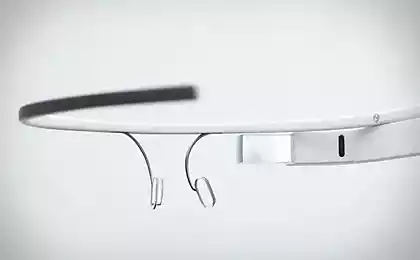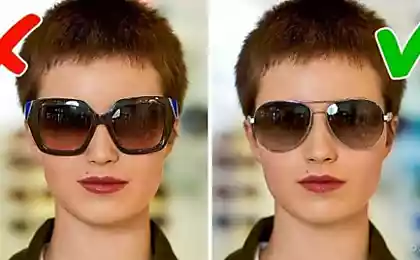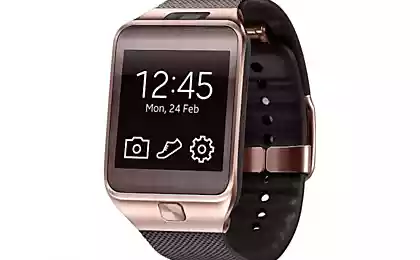2019
More some "smart" glasses

post is dedicated to another "smart glasses", these technology LOE acronym>.
After the "Corporation good" began to actively "pedal" this theme, the popularity of decisions has increased dramatically.
In particular, the last Consumer Electronics Show 2014 in Las Vegas on to note a number of vendors.
I want to talk about LUMUS - Israeli company, has long worked with the local Air Force. Business profile - visual and optical technologies.
DK-40 claimed they were long ago, at CES2012 told of a working prototype. And then, finally, presented in March and promised to release for sale LUMUS DK40 Glass .

At the core is the technology solutions LUMUS LOE (Light-guide Optical Element ) - light-guiding optical element. His role lens made by special technology, which allows it to project onto a high resolution image, and then, thanks to the special faces, it is passed on to man at the right angle. Paired with LOE plays an important role Micro-Display POD - microprojector.
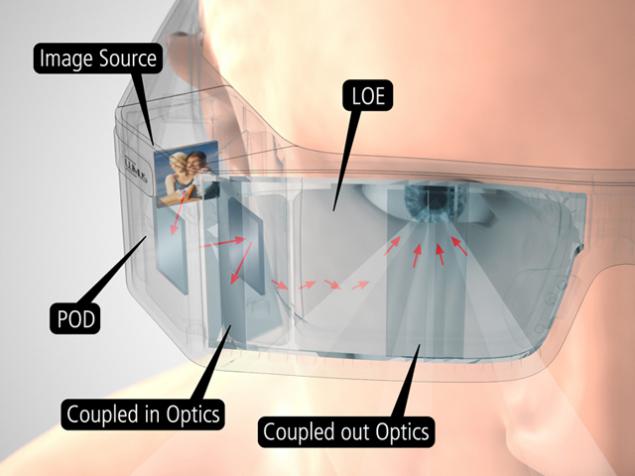
This is the fundamental difference from the Google Glass, in which the user is working with the display "hanging" in front of the eye, in LUMUS is man as a whole supports the display lens.
In fact, compared with Google Glass company offers a device with more augmented reality. Image resolution is 640 × 480, and the guys from LUMUS argue that work with their decision is comparable to watching 87-inch picture from 3 meters.
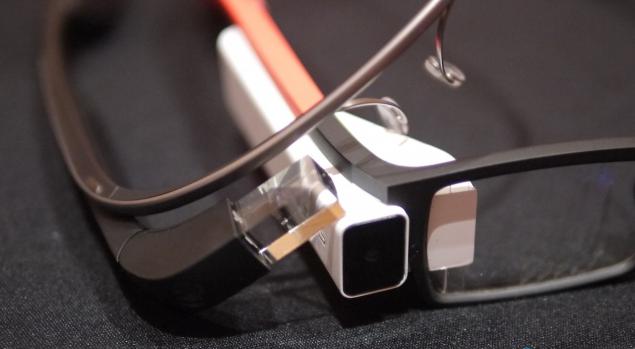
As it is the custom in the industry, glasses equipped with 5-megapixel CMOS-sensor, inertial sensors (devyatiosny Razor 9DOF), Wi-Fi 802.11 b / g / n and Bluetooth BLE. According to the manufacturer, used lithium-polymer battery gadget will provide about 4 hours of continuous operation.
In an electronic basis points appears compact processor module Varisayt DART-4460 , having dual polutoragigagertsovy TI OMAP4460 Cortex-A9, with built-in 2D / 3D graphics accelerator PowerVR SGX540. Its size, about 1, 5 × 5 cm is ideal for such a compact form factor, like glasses.
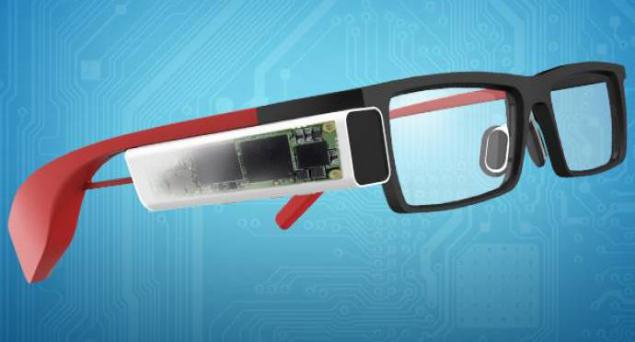
As an embedded OS uses Android, but for the battery life, they are not intended. Will be controlled by the application from your smartphone or tablet.
